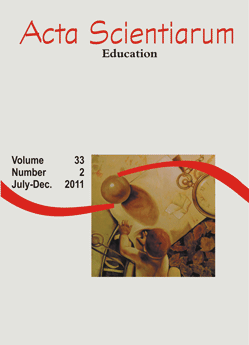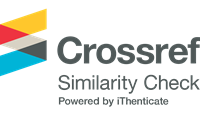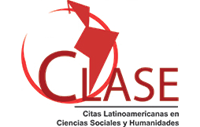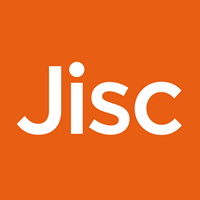<b>Attitudes towards Augmentative and Alternative Communication for young children with cerebral palsy</b> - doi: 10.4025/actascieduc.v33i2.12266
Resumo
Considering that the use of Augmentative and Alternative Communication Systems (AACS) has been recommended for children who are severely impaired in their development of communicative abilities, it may be assumed that caregivers' attitudes toward AACS would be driven by children's degree of cognitive and linguistic impairments. To verify this, 40 dyads of children with cerebral palsy and their primary caregivers participated in this study evaluating children's degree of cognitive and linguistic impairments through the use of Battelle's questionnaire, and the caregivers' attitudes toward AACS by means of a Likert scale containing 15 items. Results showed that the provider's most negative attitudes toward the use of AACS were found among those caring for children with the most severe impairments.
Downloads
This work is licensed under a Creative Commons Attribution 4.0 International License.
DECLARAÇÃO DE ORIGINALIDADE E DIREITOS AUTORAIS
Declaro que o presente artigo é original, não tendo sido submetido à publicação em qualquer outro periódico nacional ou internacional, quer seja em parte ou em sua totalidade.
Os direitos autorais pertencem exclusivamente aos autores. Os direitos de licenciamento utilizados pelo periódico é a licença Creative Commons Attribution 4.0 (CC BY 4.0): são permitidos o compartilhamento (cópia e distribuição do material em qualquer suporte ou formato) e adaptação (remix, transformação e criação de material a partir do conteúdo assim licenciado para quaisquer fins, inclusive comerciais).
Recomenda-se a leitura desse link para maiores informações sobre o tema: fornecimento de créditos e referências de forma correta, entre outros detalhes cruciais para uso adequado do material licenciado.















































